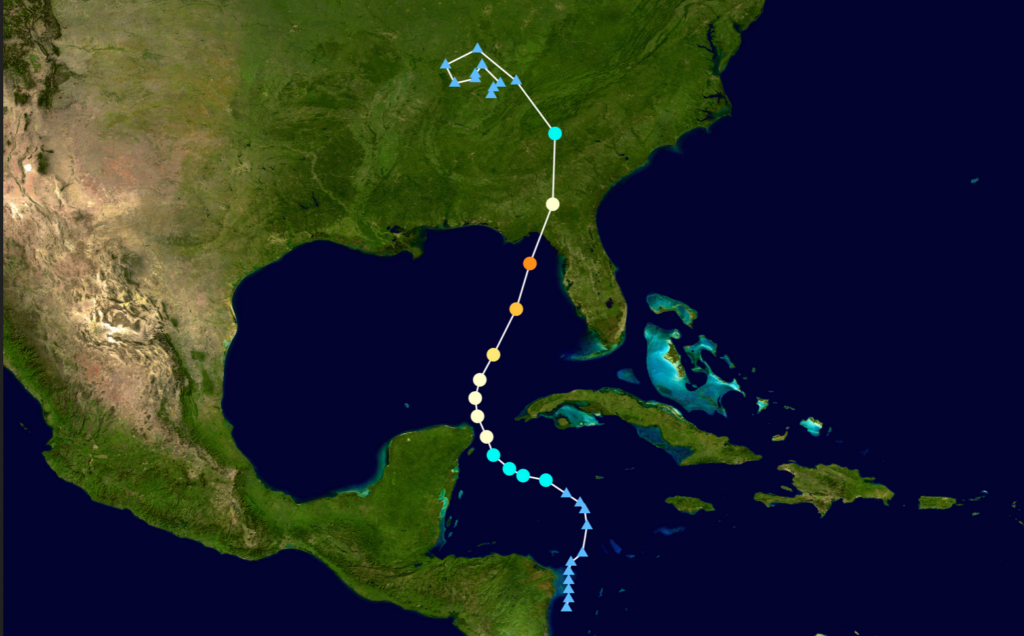In the aftermath of Hurricane Helene, the level of devastation across several southeastern states has raised profound questions about trust in government authorities. With a path of destruction reportedly over 500 miles long, the official death toll suggests only a few hundred fatalities. However, survivors and local residents are painting a starkly different picture, claiming that the real numbers are much higher. Eyewitness accounts from areas severely impacted, such as Asheville, North Carolina, indicate that thousands remain unaccounted for and that bodies are still being discovered in trees and debris. Reports from individuals on the ground contrast dramatically with mainstream media narratives, indicating a severe disconnect between official statements and the grim reality faced by communities.
As details continue to emerge, the extent of the tragedy unfolds further. Many eyewitnesses in Asheville have described chilling scenes, including cold trailers at a local hospital overflowing with unidentified bodies. Some reports detail the recovery of infants and children from the mud, with one individual noting that bodies could be found on backroads. This chaos is exacerbated by overwhelmed first responders, revealing a community grappling not just with loss but with the psychological toll of trauma from such unprecedented events. Such distressing accounts underscore that Asheville is but one of numerous towns devastated by the hurricane, with many other areas also grappling with recovery and loss.
Tragic stories have also surfaced from South Carolina, where an elderly couple tragically perished during the storm, found embracing one another in their home under the crushing weight of a fallen tree. With the confirmed death toll surpassing 230, the real number may be exponentially higher as recovery efforts progress. FEMA executive discussions, overheard by local reporters, suggested that the actual death toll should be significantly increased, indicating a troubling lack of transparency regarding the true scale of this disaster. The town of Erwin, Tennessee, has reportedly been entirely obliterated, leaving many residents unaccounted for and millions still awaiting help as emergency workers scramble to respond to the crisis.
Compounding the chaos is the insufficient governmental response, especially in rural areas like Yancey and Mitchell counties in North Carolina, where many residents claim they have yet to see any aid from state or federal officials. Despite the encroaching devastation from Hurricane Helene, the lack of vital communication infrastructure has delayed the arrival of necessary resources. Residents are struggling to access clean water and basic necessities, leading local leaders to make urgent calls for increased federal assistance. The Republican Senator from North Carolina parallels the situation with Hurricane Katrina, stressing that the devastation is unprecedented and that more resources are desperately needed.
As the impact of Hurricane Helene settles in, questions loom about the future, particularly regarding recovery and insurance claims. Many homeowners are expected to face significant hurdles when filing claims, given recent trends in property insurance that have tightened coverage and raised rates substantially. Insurers are reportedly adopting more stringent policies regarding hurricane claims, leaving many individuals unprotected at a time they need aid the most. As recovery efforts are hampered by the extent of the damage and the complexities of the insurance landscape, significant anxiety looms over how residents will rebuild and recover or whether they will be left with insufficient aid and unfulfilled claims.
On top of the current crisis, the region faces the threat of another hurricane, Hurricane Milton, which could potentially make landfall in central Florida shortly after Helene. Forecasts indicate Milton could be one of the worst storms in over a century, raising alarm bells in an already beleaguered region. While residents are still grappling with the aftermath of Helene, they must now prepare for another potentially catastrophic event. Urgent evacuations are being planned in vulnerable areas of Florida, where officials fear the impacts of this new storm could be life-threatening. Combined with the ongoing natural disasters, these conditions point to a troubling trajectory for an already beleaguered populace as communities brace for further challenges in the face of escalating environmental crises.

